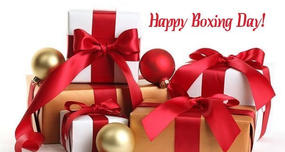Santa Claus has many different names around the world including Father Christmas in the UK, Père Noël in France, Weihnachtsmann in Germany, Julenisse in Denmark, Ded Moroz (meaning Grandfather Frost) in Russia, Babbo Natale in Italy, and Papai Noel in Brazil.

